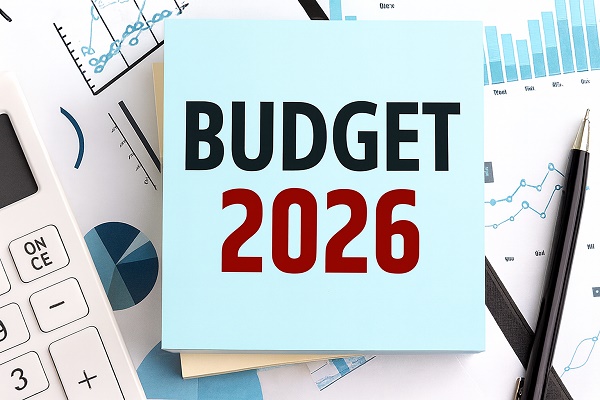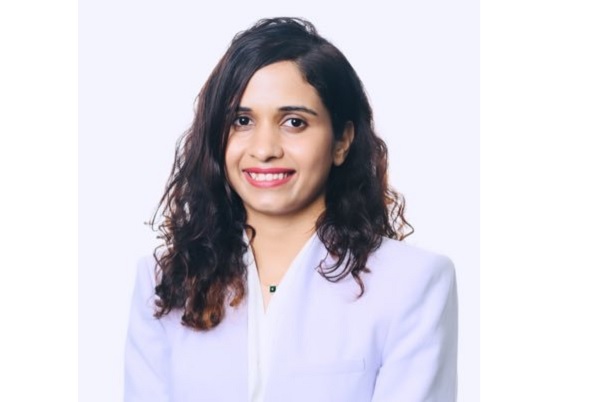2024-04-15 04:33:01 pm | Source: PR Agency

Economy : Money Market and FX view

- Liquidity conditions to move into deficit zone. System liquidity conditions, adjusting for CRR build-up, remained in surplus territory. On a w-o-w basis, liquidity surplus moderated to Rs806 bn as on April 12, 2024 (from Rs1.48 tn on April 5, 2024). Accordingly, the average overnight money market rates increased by 3 bps on a w-o-w basis to end the week 6.51%. Going ahead, in the early part of the week, we expect system liquidity to remain in surplus zone, before falling into marginal deficit towards the end of the week led mainly by GST collections.
- Government cash balances to increase. General government cash balances as on April 5, 2024 fell sharply to Rs879 bn (from Rs2.3 tn in the previous week) due to month-end government spending (cash balances were higher than our expectations due to lower-than-expected spending). Based on the movement in the liquidity numbers last week, we expect the government cash balance to increase marginally to around Rs986 bn as on April 12, 2024. This week, we expect government cash balances to increase further to around Rs1.7 tn led by GST collections.
- CIC trends. For the week ending April 5, CIC increased by around Rs159 bn to Rs35.3 tn (CIC increased by around Rs383 bn in the same week last year). The current CIC outstanding is at 12% of the FY2024SAE GDP.
-

- Bond markets under pressure. Bond markets remained under pressure last week amid worsening geopolitics in the middle easing causing crude oil prices to rise, and upside surprise to the March US CPI inflation print. Crude oil prices hovered around US$90/bbl through the week. The 10-year and 2-year US treasury yields were already on an upward trajectory at the beginning of the week. Following US CPI inflation upside surprise, the 10-year and 2-year treasury yields surged 18 and 23 bps, before ending the week marginally lower (though they were higher by 12 bps and 15 bps on a w-o-w basis). Tracking these cues, the new Indian 10-year benchmark yield (7.10% GS 2034), in a holiday-shortened week, opened on a weaker footing, and ended the week at 7.15% (6 bps higher on a w-o-w basis). Despite the adverse global cues, the bond markets have opened this week with a marginal positive bias, amidst in-line with expectations of headline CPI, lower SDL and G-Sec supply. We expect the new 10-year G-sec yield to trade in the range of 7.10-7.20% in the near term as markets remain wary of the evolution of the geopolitical situation in the Middle East.
- Domestic inflation in line with expectations; global risks increasing. March CPI inflation at 4.9% moderated from February’s 5.1% (Kotak: 4.9%). Food inflation fell to 8.5% (8.7% in February). Sequentially, food inflation increased 0.2% (0.1% mom in February), led mainly by meat and fish, cereals, vegetables, and fruits. Fuel and light inflation contracted 3.2% ((-)2.6% mom) owing to LPG price cuts. Core CPI inflation (CPI, excluding food and beverages, and fuel) moderated marginally to 3.3% (February: 3.4%). Sequentially, core CPI increased 0.2% (0.3% in February), led by personal care and effects (mainly gold and silver). We estimate core inflation to average 4% in FY2025. We expect headline inflation in the coming months to remain at sub-5% levels (barring the summer months). However, in the near term we see upside risks to our 1QFY25 average inflation of 5% from (1) the high temperatures causing volatile food inflation, (2) geopolitical risks and ongoing OPEC+ supply cuts pushing up crude oil prices and (3) higher non-energy commodity prices. These risks could continue to pose a challenge to the last mile disinflation, as noted by the RBI Governor as well. Overall, we do not see inflation settling durably around the 4% target before FY2026 (FY2025 and FY2026 average headline inflation is expected at 4.5% and 4.2%, respectively). While we maintain our call for a 50 bps rate cut starting in 3QFY25, we note increasing risks of further delays to the RBI’s rate cuts from (1) rising crude oil prices, (2) a further push-back to the timing of the US Fed’s rate easing cycle and (3) volatile food inflation.
- Markets await April RBI MPC minutes. The minutes of April MPC meeting will be released later this week. The meeting was in line with expectations with growth and inflation forecasts remaining unchanged from the previous meeting. However, it will be important to remain watchful of the members’ tones given the changing geopolitics in recent weeks.
- INR weighed down by global risk-off. Following a string of robust economic data in the US, the higher-than-expected CPI inflation last week caused a further push-back to the onset of US Fed’s rate easing cycle. Markets now expect the Fed to start easing rates from September instead of June 2024 a month ago (around 50bps cut in CY2024). The DXY index surged to a five month high of 106.1 last week before settling marginally lower. The escalation in Middle East tensions weighing on risk sentiments, and driving crude oil prices higher along with ECB’s dovish tilt has further provide a lift-off to the DXY index. Tracking these cues, the INR opened the week on a weaker footing and depreciated through week. On a w-o-w basis, the INR depreciated by 0.15% (ending the week at Rs83.42/US$), although outperforming most of its Asian peers. Given the increasing global risks, we see room for USD-INR to breach 83.50 levels in the near term, although the pace maybe be determined by RBI’s FX intervention. We expect the USD-INR to trade in the range of 83.25-83.75 in the near term.
- US inflation surprises on the upside. US March CPI inflation came in higher-than-expected at 3.5% (consensus: 3.4%; February: 3.2%) with 0.4% mom increase -- primarily boosted by the shelter and energy components. Core CPI also surprised on the upside at 3.8% (consensus: 3.7%; February: 3.8%) while increasing sequentially by 0.4%. The CPI print follows a strong labor market report leading to market expectations of the first rate cut shifting to September from June earlier.
- ECB maintains status quo; rate cuts likely from June. The European Central Bank (ECB), in line with expectations, kept its three key interest rates unchanged. The ECB noted that inflation was moderating due to moderating wage growth, firms’ labor cost absorption in their profits, restrictive financial conditions, and past rate hikes. It also maintained its quantitative tightening plans: fully reinvest principal payments from maturing securities under PEPP in 1HCY24, while reducing the PEPP portfolio by EUR7.5 bn per month on average in 2HCY24. Going ahead, we expect the ECB to kickstart its rate cut cycle from June, given that inflation has evolved in line with expectations in the Eurozone (and without any upside surprises). However, any further worsening of the Middle Ease tensions could cause oil prices to rise further, causing further delays to rate cuts.
Above views are of the author and not of the website kindly read disclaimer
Disclaimer:
The content of this article is for informational purposes only and should not be considered financial or
investment advice. Investments in financial markets are subject to market risks, and past performance is
not indicative of future results. Readers are strongly advised to consult a licensed financial expert or
advisor for tailored advice before making any investment decisions. The data and information presented
in this article may not be accurate, comprehensive, or up-to-date. Readers should not rely solely on the
content of this article for any current or future financial references.
To Read Complete Disclaimer Click Here
Latest News

NHPC to start commercial operations of Subansiri Pro...
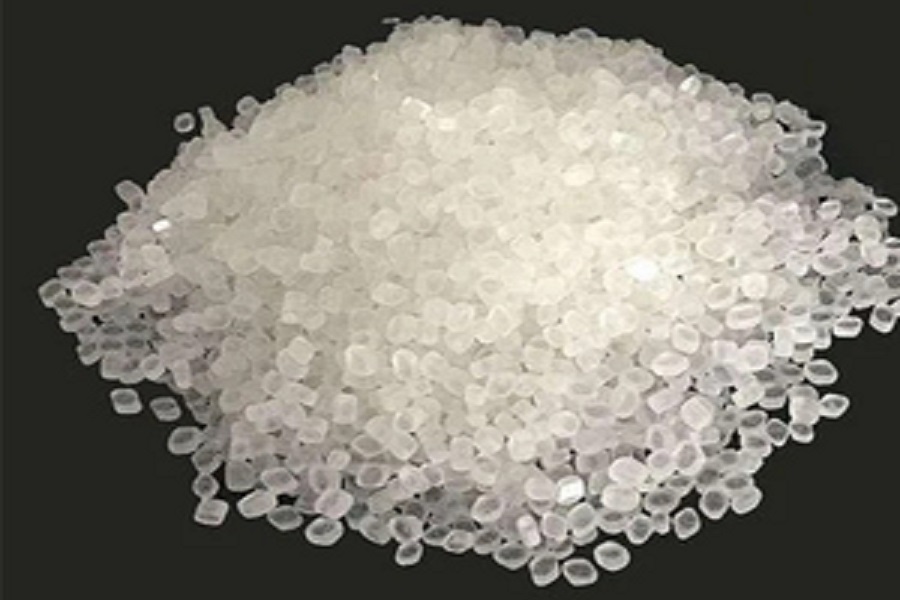
Philippines extends sugar import ban until December ...
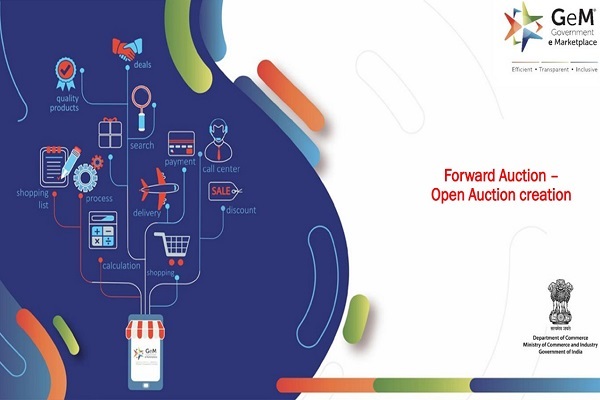
Government e-Marketplace helps to rake in Rs 2,200 c...

PM Narendra Modi lays foundation stone for Rs 11,000...
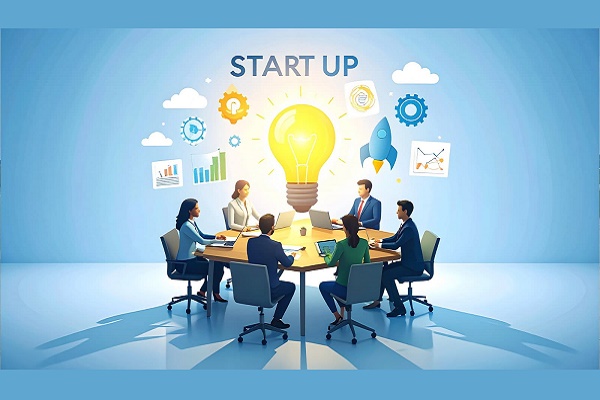
Indian startup funding jumps 2.6X to $364 million th...

GeM records over 11.25 lakh MSE sellers securing Rs ...
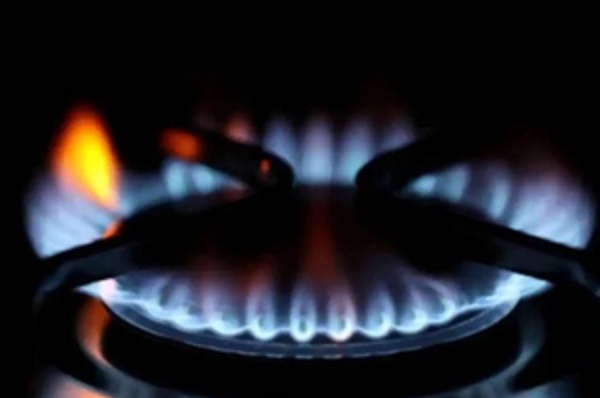
India?s biogas sector likely to attract Rs 5,000 cro...

Capital Markets: TER regulations: Balanced outcome w...
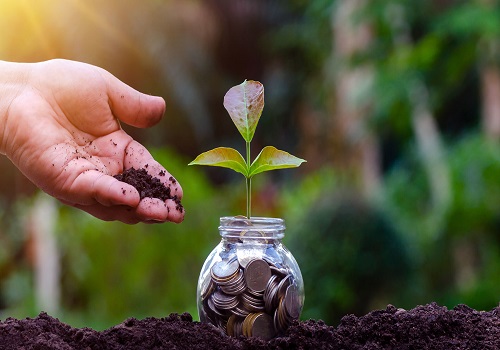
DSP Mutual Fund launches DSP Nifty 500 Index Fund an...

Piramal Finance to Monetize Rs 600 Cr from Shriram L...







